Written by Stefan van der Berg (Ministry Leader dia-LOGOS)
Introduction
Throughout 2023, armed clashes have erupted in various regions, spanning the Middle East, Africa, Asia, and the Americas. Amidst this global turmoil, staying informed about these conflicts can be challenging.
With over 20 active armed conflicts currently underway worldwide, these clashes extend across all continents except Antarctica, involving a diverse range of actors, including states, non-state armed groups, and rebel movements.
The combined death toll from these conflicts has reached an alarming 250,000 people per year, encompassing both combatants and civilians.
The financial burden of these conflicts is equally staggering, exceeding 14 trillion dollars annually. This figure accounts for both direct and indirect costs, including the cost of military operations, humanitarian aid, and economic losses.
Moreover, over 65 million people have been displaced by these conflicts, either internally within their own countries or as refugees seeking refuge in other nations.
Tragically, the devastating impact of these conflicts extends far beyond casualties and displacement. Over 150,000 children are recruited into armed groups each year, forced to fight in wars they barely comprehend. These children face an increased risk of death, injury, and psychological trauma.
In addition to the human cost, these conflicts hinder access to essential resources such as food and water, plunging many into extreme poverty. The consequences of these conflicts are disproportionately felt by the most vulnerable, not only causing immediate loss of life and infrastructure destruction but also leaving enduring and profound impacts.
This article aims to provide an overview of the distinct conflicts that are shaping 2023, offering a continent-by-continent breakdown to aid in understanding the intricate global landscape of war.
the americas
Mexico
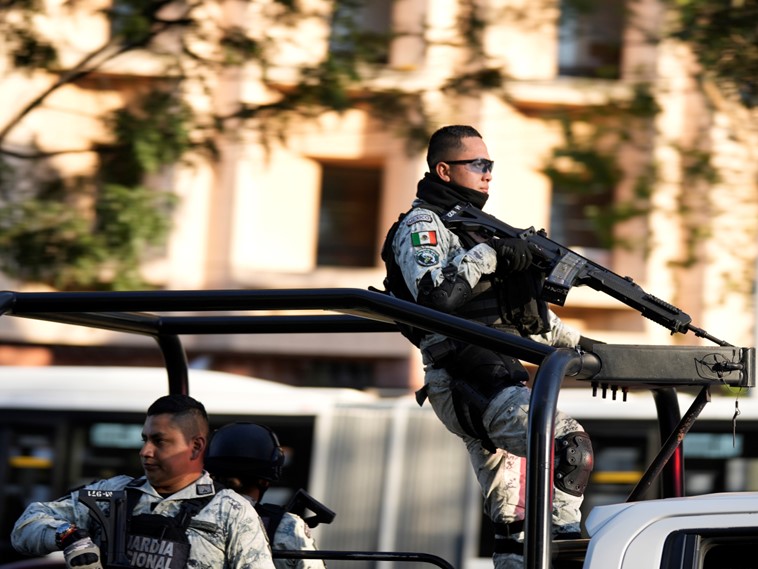
The resulting violence prompted some US Republicans to advocate for military intervention, a proposal that was rebuffed by the Mexican president.
As per the findings of the Armed Conflict Location & Event Data Project, Mexico stands out as the most perilous country for civilians, with ACLED documenting over 5,000 instances of violence directly targeting civilians throughout the nation in the last year. The dangers faced by various civilian communities in Mexico surpass even those experienced in more overtly turbulent conflict zones.
Columbia

Recent clashes have occurred with FARC dissidents, but there have also been significant ceasefires in place with the ELN and FARC dissidents.
EUROPE
Russia - Ukraine
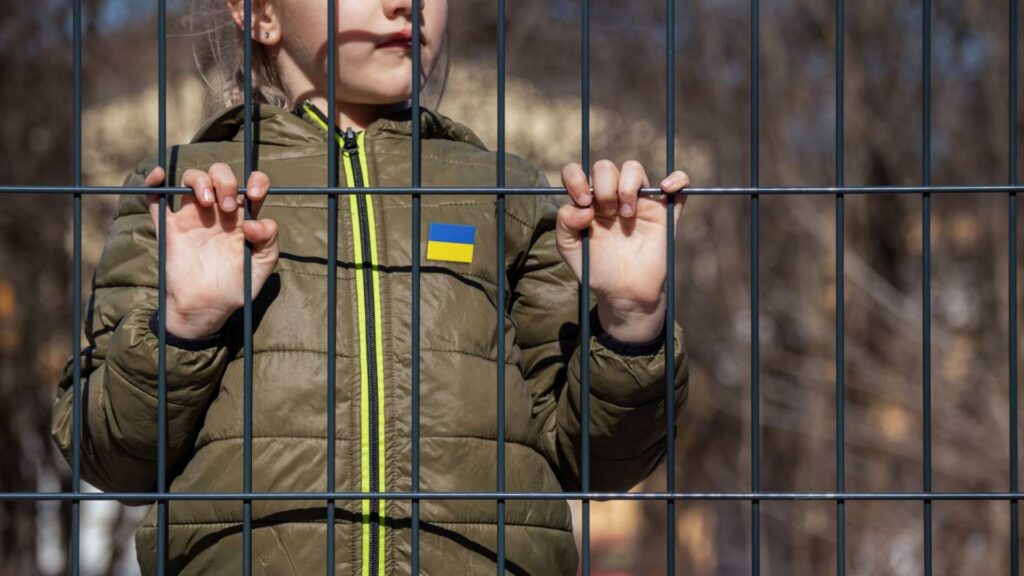
The war has also triggered economic shocks and disruptions worldwide, contributing to the global hunger crisis and significantly affecting those living in poverty. Throughout 2023, the war has persisted, with Ukrainian forces launching a counteroffensive to reclaim territory. Progress has been slow, and Ukrainian attacks on Russian-occupied territory and Russia itself have increased, including the use of air and sea drones, such as the attacks on the Crimean Bridge and Moscow.
A World Bank report has estimated it will cost Ukraine $411bn over the next 10 years to recover and rebuild the country, with the bill for cleaning up the rubble from devastated towns and cities at $5bn.
AFRICA
West Africa
Nigeria battles with Boko Haram in the north, while Mali, Burkina Faso, and Niger are severely affected by insurgencies. Mali, in particular, faces challenges from Al Qaeda-linked insurgents besieging the city of Timbuktu and hostilities with Turkic-led separatist groups in the north.

East Africa
Sudan:
Large numbers of civilians have been forced to flee, including people who were already internally displaced and refugees from other countries who had sought safety in Sudan. Hundreds of thousands of people have fled to neighboring countries or returned home in adverse circumstances – notably to the Central African Republic, Chad, Egypt, Ethiopia, and South Sudan.
Others self-relocated within Sudan. According to the United Nations High Commissioner for Refugees (UNHCR), there are currently over 6.8 million people displaced from Sudan, including over 2 million who have fled the country since the conflict erupted.
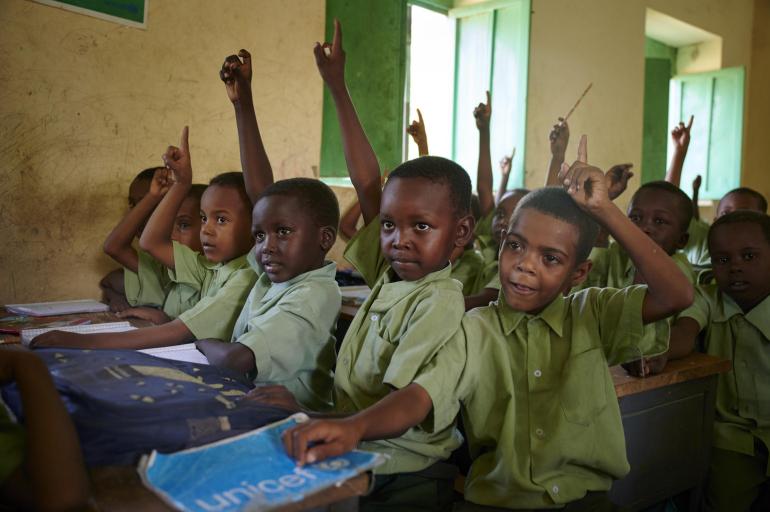
UNICEF has warned that Sudan is on the brink of becoming home to the worst education crisis in the world.
In South Sudan, ongoing conflict and natural disasters have displaced 2 million people within the country and caused an additional 2.2 million to flee to neighbouring countries.
Ethiopia:

In Ethiopia, even though the Tigray War officially concluded in November of the preceding year, a new wave of conflict flared up in the Amhara region. In response to ongoing clashes with the regional militia known as Fano, the Ethiopian government implemented a six-month state of emergency.
Central Africa:
Middle East
Syria:
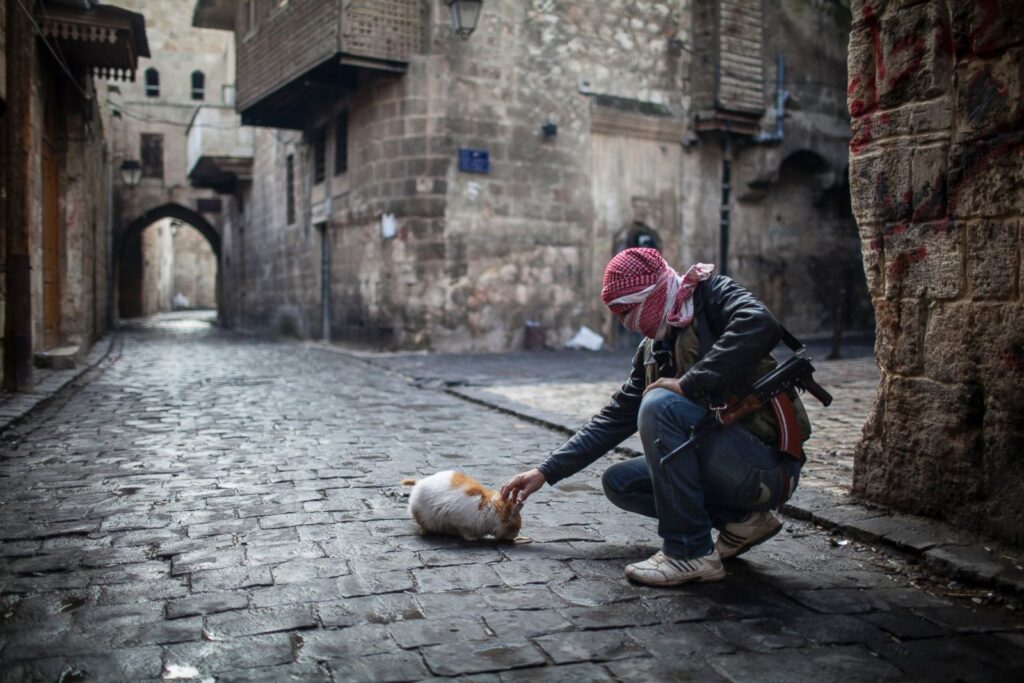
However, Syria still faces significant challenges, including the displacement of 6.8 million people, the need for humanitarian assistance for 15.3 million people in 2023, and the ongoing threat of localized hostilities, economic crisis, water crisis, public health emergencies, and climate-related situations. Turkey, which occupies parts of northern Syria, has adopted a more aggressive stance towards US-backed Kurdish militants in the southeast, further complicating the situation.
Syria remains one of the largest humanitarian responses in the world, with the UN Office for the Coordination of Humanitarian Affairs (UNOCHA) reporting that localized hostilities, the economic crisis, the water crisis, and public health emergencies are expected to remain the main drivers of humanitarian need.
Israel/Palestine
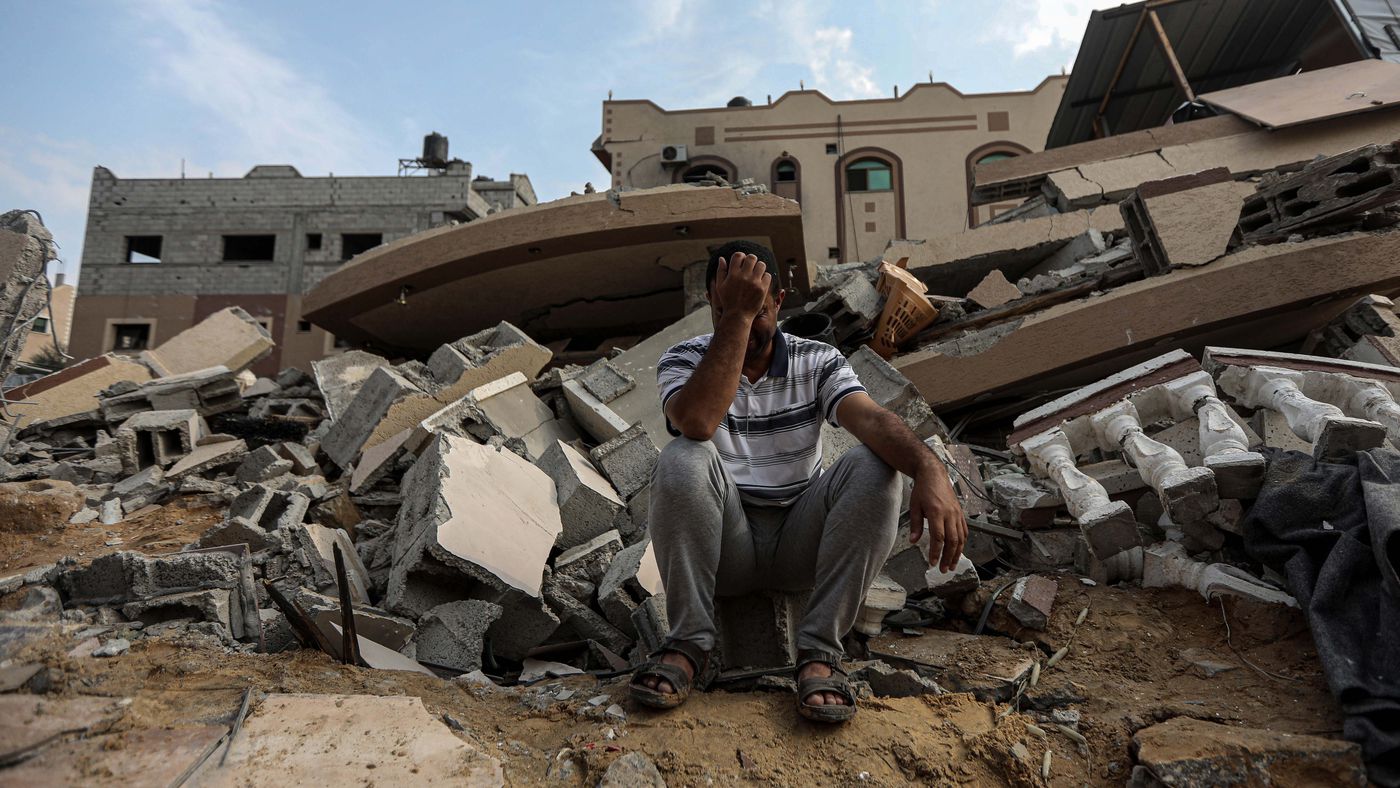
At its heart, it is a conflict between two self-determination movements — the Jewish Zionist project and the Palestinian nationalist project — that lay claim to the same territory. But it is so, so much more complicated than that, with seemingly every fact and historical detail small and large litigated by the two sides and their defenders.
The 2023 Israel–Hamas war began on October 7, 2023 when Hamas launched a multi-faceted and sustained assault on Israel from the Gaza Strip. The assault signals a new bloody chapter in a decades-long battle over land and sovereignty.
Israeli Defence Forces mounted a swift response, triggering a war between the nation and Hamas, which controls the besieged Gaza Strip. The conflict, is playing out against the backdrop of centuries-old religious tensions, an Israeli government in turmoil over judicial reform, and increased Israeli military raids within Palestinian territories
Yemen

ASIA
Myanmar
More than two years after a coup overthrew Myanmar's civilian government, the conflict is now largely between the military junta and the exiled National Unity Government, whose armed wing is allied with several local armed groups. The junta is increasingly using airstrikes to try to counter the widespread armed resistance, and the UN says that the military and its allies are engaging in more frequent and audacious war crimes and crimes against humanity.
For many years, but especially since 2017, the Rohingya people have fled violence, persecution, and human rights violations in Myanmar's Rakhine state. Today, around 918,000 stateless Rohingya refugees live in the world's largest and most densely populated refugee camp, Kutupalong. About half are children. Myanmar has the highest number of non-state armed groups in the world, with over 1,500 different groups active.
On average, each group in Myanmar is involved in 8 violent events per year, but some groups are much more violent than others.
On average, each group in Myanmar is involved in 8 violent events per year, but some groups are much more violent than others.
Nagorno Karabakh
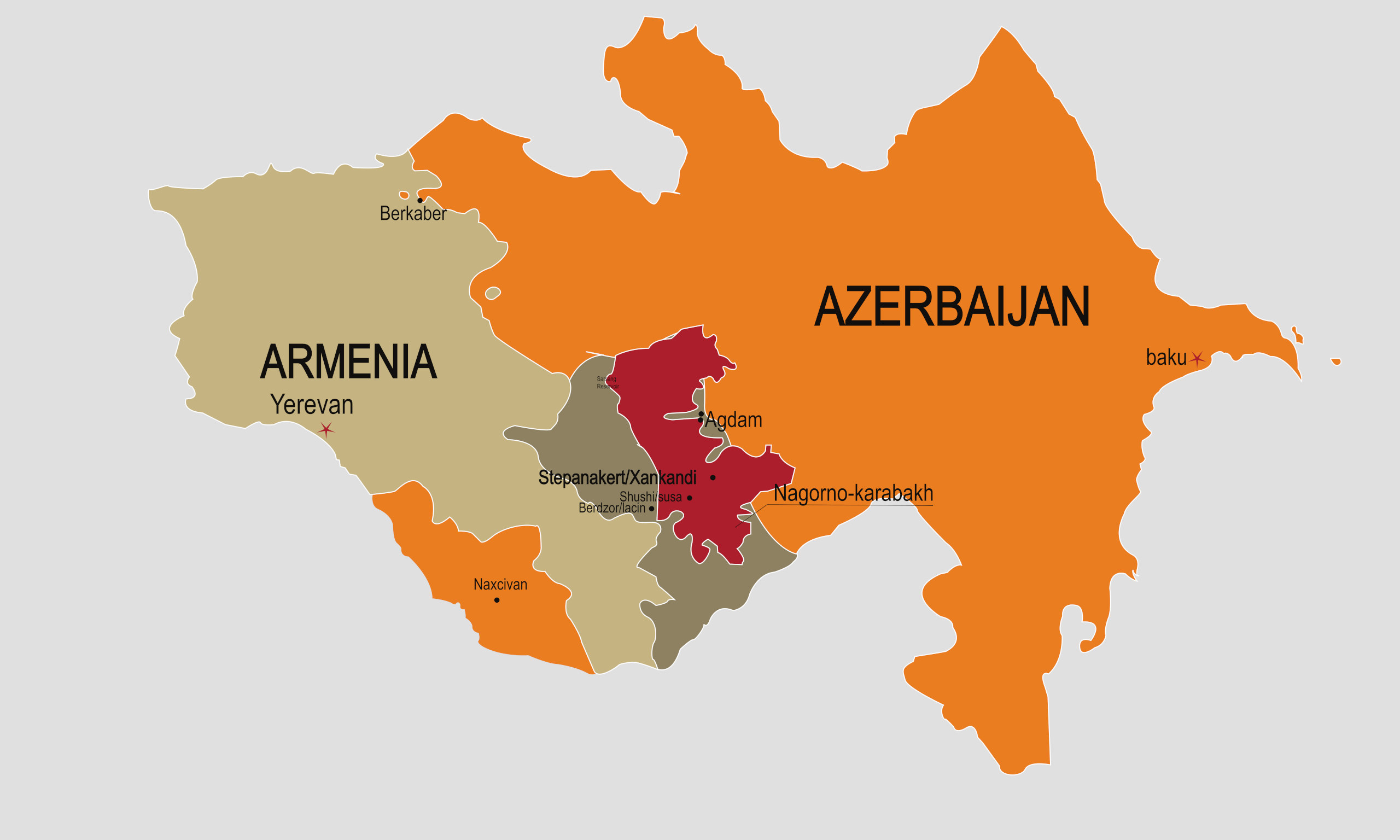
The breakaway region of Nagorno Karabakh was once again at the center of a conflict this year, but this time Azerbaijan, through a 24-hour military campaign, managed to fully take control of the territory after blockading it for months.
The ethnic Armenian separatists in the region have agreed to disarm, and its leadership has announced the dissolution of the unrecognized republic. In the wake of Azerbaijan's takeover, nearly all the region's 120,000-strong Armenian population has fled to Armenia, in what the country has described as an ethnic cleansing.
A CHRISTIAN RESPONSE
Consider Bartimaeus
“As Jesus and His disciples, together with a large crowd, were leaving the city, a blind man, Bartimaeus (that is, the son of Timaeus), was sitting by the roadside begging. When he heard that it was Jesus of Nazareth, he began to shout, ‘Jesus, Son of David, have mercy on me!’
Place yourself in the crowd for a moment. Your focus is Jesus. You’ve gone to a lot of trouble to be there and the last thing you want now is a distraction. Then suddenly this inappropriate shouting interrupts your thoughts. ‘Jesus, Son of David, have mercy on me!’
This really irritates you and like the rest of the crowd you start rebuking him and tell him to be quiet: “For God’s sake friend, keep quiet. We are busy with the Lord’s business here. You are making a nuisance of yourself,” you shout back. You feel proud of yourself for preserving the sanctity of the moment and that you took the courage to address this unbecoming behaviour.
But he (they) just keeps on shouting, ‘Son of David, have mercy on me!’ Jesus stopped and said, ‘Call him.’ So, they called to the blind man, ‘Cheer up! On your feet! He’s calling you.’ Throwing his cloak aside, he jumped to his feet and came to Jesus. ‘What do you want me to do for you?’ Jesus asked him. The blind man said, ‘Rabbi, I want to see.’ ‘Go,’ said Jesus, ‘your faith has healed you.’
Immediately he received his sight and followed Jesus along the road.” The tragedy in this story is not found in a man who could not see but in a crowd who could not hear.
The tragedy in all wars today is not only found in a nations that are being destroyed but Christians who refuse to listen to the cries of those who seem unredeemable. It was not about the blindness of a beggar but the deafness of the followers. Their selfish obsession with Jesus became an obstacle. They were so enthralled with their master that the unclean beggars along the roadside became an irritation.
And you and I are in the crowds today.
The beauty in the story is not about Jesus who healed, but Jesus who stopped. He stopped for the unclean while his followers rebuked him. Sometimes we are so self-righteous in our pursuit of truth that we neglect to seek, stop, and save as our Master does. We are quick to rebuke people, especially those who stand out as the enemies of our alliances, but seldom listen to their cries for redemption.
The encounter in Mark 10 is a story of someone who needed help and cried out in anguish to the followers of Christ, only to be rebuked, reprimanded, and ignored. It is a stark reminder of how the physically blind sometimes expose the spiritually blind. The picture painted in Mark 10 is a sad one. And in all honesty, if we have to paint a picture of the world today, it would probably not be much different:
The one thing that the religious and the devout tried to avoid on this solemn occasion was someone to make a scene.
Someone who would draw their attention away from their sacred enjoyment and their religious duty.
Someone like Bartimaeus—an inconvenient distraction on the journey with Christ.
Someone like refugees, disturbing our peace and security, someone like the homeless rummaging through our garbage, someone like the hungry who always knocks on the door while we are busy eating.
If we truly pursue a consecrated life in the 21st century it might do us well to replace the words “a blind man, Bartimaeus” with the following: How do the consecrated respond? Not like the crowds, the disciples, the rebukers, nor the followers of Jesus.
One of the major obstacles in modern missions is the fact that we so often proclaim Christianity—another religion—instead of declaring redemption. The early church never burdened people with religion, they proclaimed redemption. So often the testimonies that saturate our social media platforms are about Muslims who became Christians through visions and dreams.
The miracles of these stories are not that they became Christians, but the fact that our Redeemer did exactly what He set out to do—He sought them, and He saved them. As Christians, this is our mandate—PROCLAIMING THE GOOD NEWS TO THE POOR. Nothing more, nothing less. Only redemption will bear eternal fruit. The first consecration of every believer is the lasting one.

